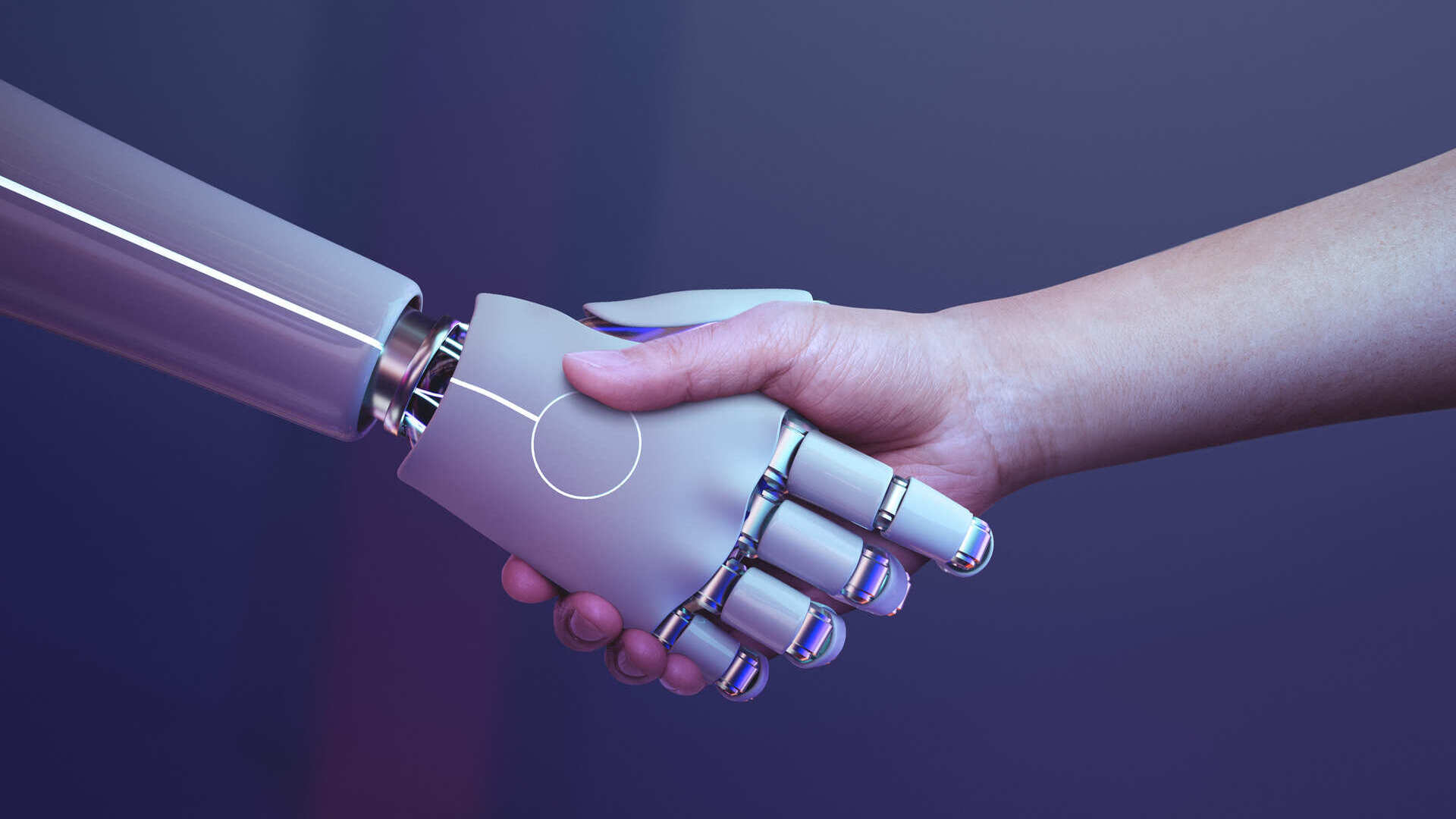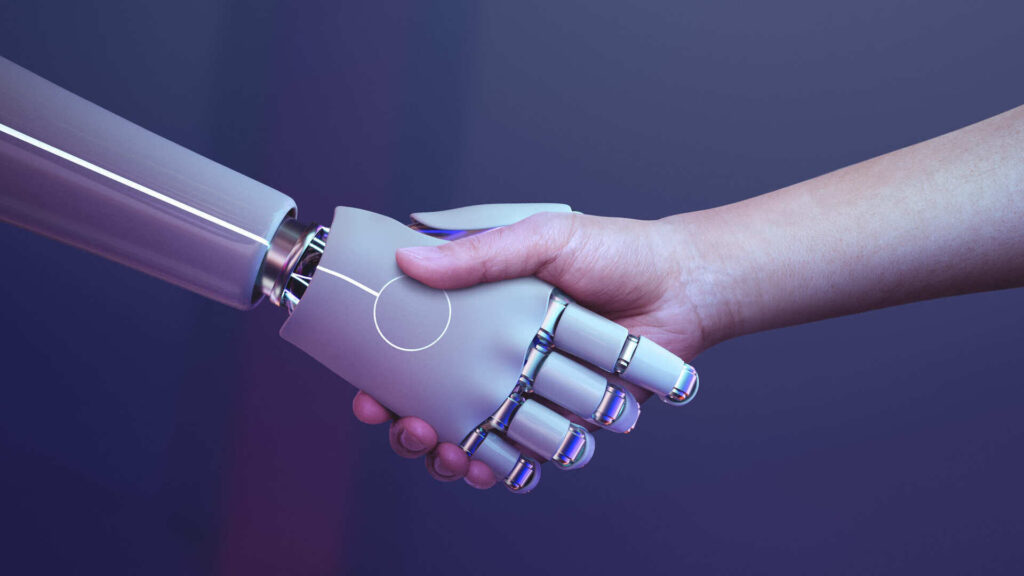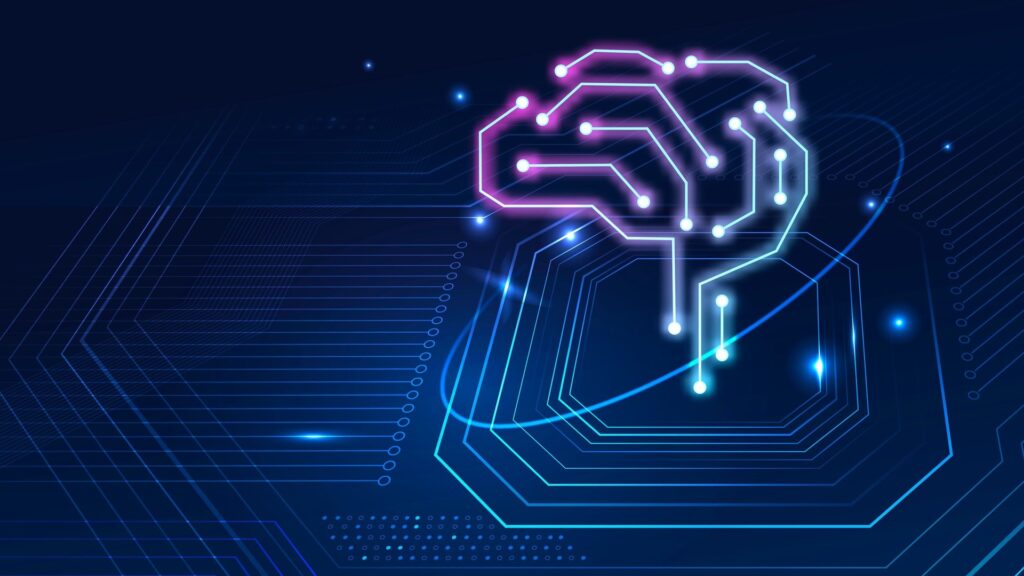Consumer behavior is constantly changing, so it’s no surprise that the collections market has evolved as well.
In recent years, a significant wave of innovative technologies and tools has been driving credit recovery by increasing trust and mediating the relationship between creditors and debtors. Today, let’s talk about some of these technologies and the legacy they are building so far.
Generative AI in Collections: A Step Toward the Future
Generative Artificial Intelligence (AI) is emerging as a powerful tool across many industries — including debt collection. It analyzes vast amounts of data within minutes to predict consumer behavior and optimize strategies. Its main advantage lies in its ability to personalize collection approaches, making them increasingly empathetic and humanized.
Instead of following rigid scripts, AI systems can adapt communications based on each debtor’s history and preferences.
At Intervalor, for instance, we have a knowledge base with more than 5 million interactions that can be reorganized or accessed during every service interaction, promoting smoother conversations — with relevant, non-robotic answers — and more accurate offers.
This not only improves credit recovery rates but also strengthens trust and positive relationships between all parties involved.
Today, artificial intelligence already drives billions of reais in credit recovery, and for the future, it leaves behind a significant leap toward boosting the economy and strengthening customer relationships.
Humanized Service: Bots or Agents?
Can robots really deliver humanization?
This is one of the hottest topics today because the answer sparks debate.
Without human expertise and a people-centered strategy, AI is just another robot. However, voice or text bots create consistency that opens the door to humanization — born from strategy, data bases, and the expertise of those using them.
It’s like that restaurant you keep going back to — and confidently recommending — because no matter who serves you, the experience is consistently great. That’s consistency.
Technology, when trained with personalization and free from bias, creates safe spaces for people to ask questions and negotiate, especially in the collections industry.
With a voice bot, companies gain a tool capable of personalizing the relationship between businesses and consumers, delivering direct, large-scale contact that’s agile, simple, and empathetic — crucial when dealing with debt recovery.
Today, a key differentiator for a voice or text bot is the data that fuels it. Many large brands offer LLMs (Large Language Models) that power much of the market.
But when everyone uses standardized LLMs, companies lose their uniqueness — and a bit of the human touch that customers truly value.
Some companies, recognizing this trend, have built their own LLMs.
At Intervalor, for example, we have our own data ecosystem, advanced generative AI, and proprietary scoring models that analyze patterns, behaviors, data, and habits before offering credit, a proposal, or renegotiating — ensuring every offer is tailored to the customer’s journey.
In the past, bots were primarily used for simple, routine inquiries, helping to cut costs and increase efficiency. Today, with all the advancements and structure, knowing when to use voice bots versus human agents has become one of the most critical decisions in collection strategy.
Both options have merits and can be effective depending on the situation.
According to a PwC (2022) report, voice bots can resolve up to 80% of customer inquiries without human intervention.
However, for complex or emotionally charged situations — such as fraud cases — a human agent can make all the difference.
Studies show that human interaction can increase customer trust and improve conflict resolution.
Therefore, choosing between voice bots and human agents should be based on the complexity of the moment — and on whether the AI’s capabilities go beyond simply serving to truly empathizing.
Omnichannel Strategy: The Best Strategy Talks to the Customer
Integrating multiple communication platforms — like email, SMS, RCS, phone calls, and social media — creates a seamless experience that engages customers through personalization and problem-solving.
Deloitte (2023) reports that adopting omnichannel strategies can reduce delinquency rates by up to 25%.
Omnichannel isn’t exactly new in the market, but it should be a mandatory strategy — because it builds stronger and more trustworthy relationships with customers.
After all, it’s not just about the technologies transforming the market; it’s about how human intelligence uses them to benefit people and processes.
Seeking efficiency in debt recovery goes far beyond offering the best deal in the market. It’s about delivering the best deal for each individual client. It’s about understanding them and meeting their unique needs with respect, empathy, and care. That is true humanization.
Technologies are the fundamental tools that bring consistency to this behavior on a large scale — reaching customers whenever and however they prefer.
Because ultimately, it’s people who transform our market.
And everything we do should work in their favor.
References:






